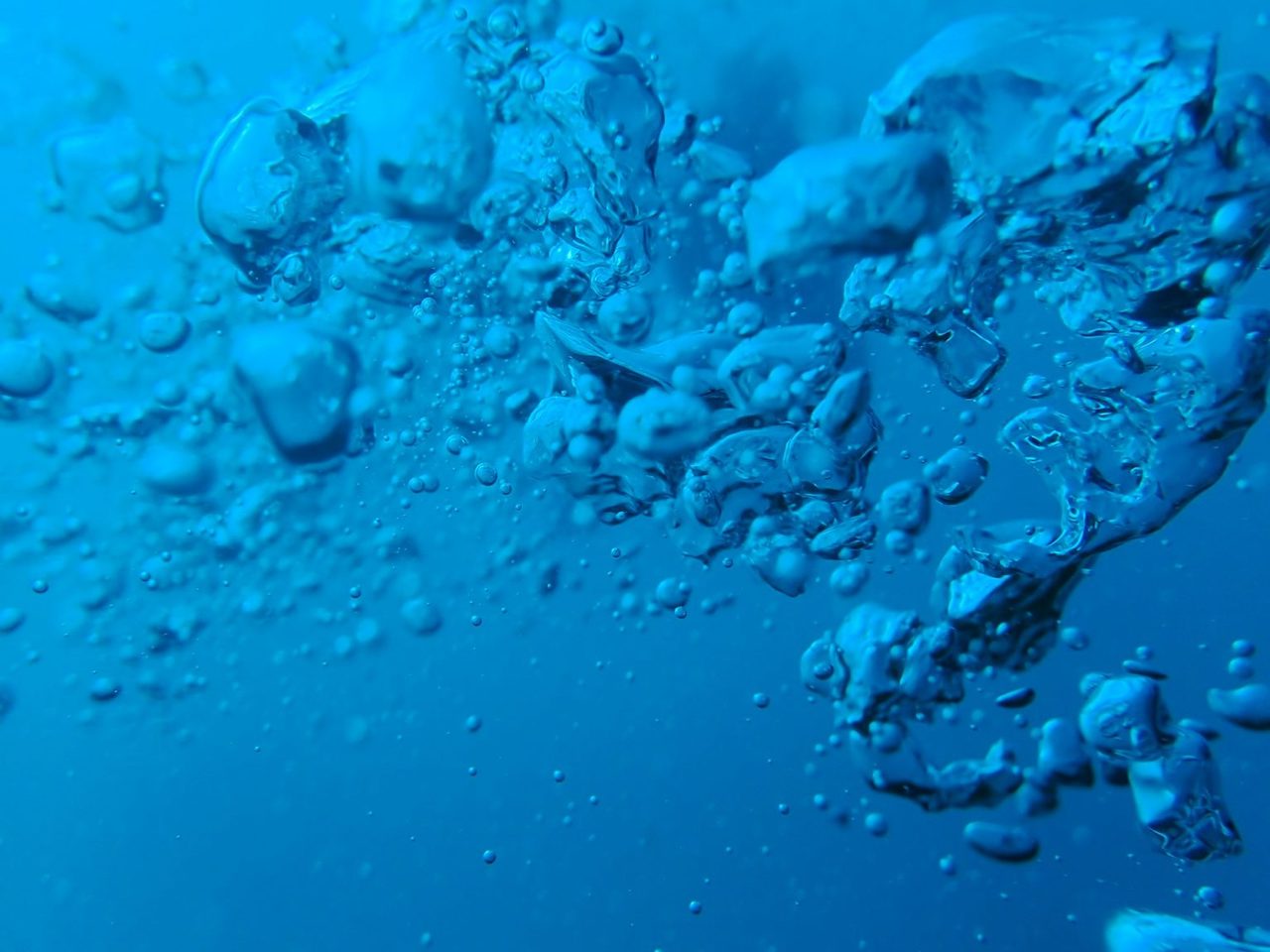
Hydrogen production through water splitting primarily follows two pathways: the electrolytic method, which requires electrical energy, and the thermochemical method, which relies on high-temperature heat. While the former is more widely known and utilized, the latter has struggled to gain traction. The main reason? The extremely high temperatures required—often exceeding 2,000°C—make the process costly and impractical to scale.
However, researchers have recently discovered a way to significantly lower the temperature threshold for the thermochemical process using microwaves. Let’s break this down step by step.
Thermochemical Hydrogen Production: The Basics
Conventional thermochemical methods for producing hydrogen (H₂) are based on the redox reaction of metal oxides. In the simplest cycles, the process involves two main steps:
- A metal oxide is reduced at high temperatures, releasing oxygen.
- The reduced metal oxide is then oxidized with steam at lower temperatures, producing hydrogen.
In the past decade, ceria (CeO₂) has gained attention as a redox pair (CeO₂/Ce₃O₄) for thermochemical hydrogen production. Using ceria reduces the reaction temperatures to around 1,500°C during the reduction phase and 800°C during the oxidation phase, improving reaction kinetics compared to other metal oxide redox pairs. Unfortunately, even with these improvements, the process remains energy-intensive and expensive.
This is where a groundbreaking interdisciplinary study from the Pohang University of Science and Technology (POSTECH) comes in.
Gadolinium-Doped Ceria and Microwaves
Researchers at POSTECH have shown that microwave energy can lower the reduction temperature of gadolinium-doped ceria (Gd-doped CeO₂) to less than 600°C. “Surprisingly,” the university explains, “microwave energy replaces 75% of the thermal energy required for the reaction, marking a breakthrough in sustainable hydrogen production.”
A critical innovation in this study involves the creation of oxygen vacancies in the ceria. These structural defects in the material significantly enhance its redox behavior and catalytic activity.
In conventional methods, creating such defects typically requires several hours at extremely high temperatures. The POSTECH team achieved the same results in mere minutes at temperatures below 600°C using microwave technology.
Professor Hyungyu Jin noted: “This research has the potential to revolutionize the commercial feasibility of thermochemical hydrogen production technologies. Additionally, it paves the way for developing new materials optimized for microwave-driven chemical processes.”